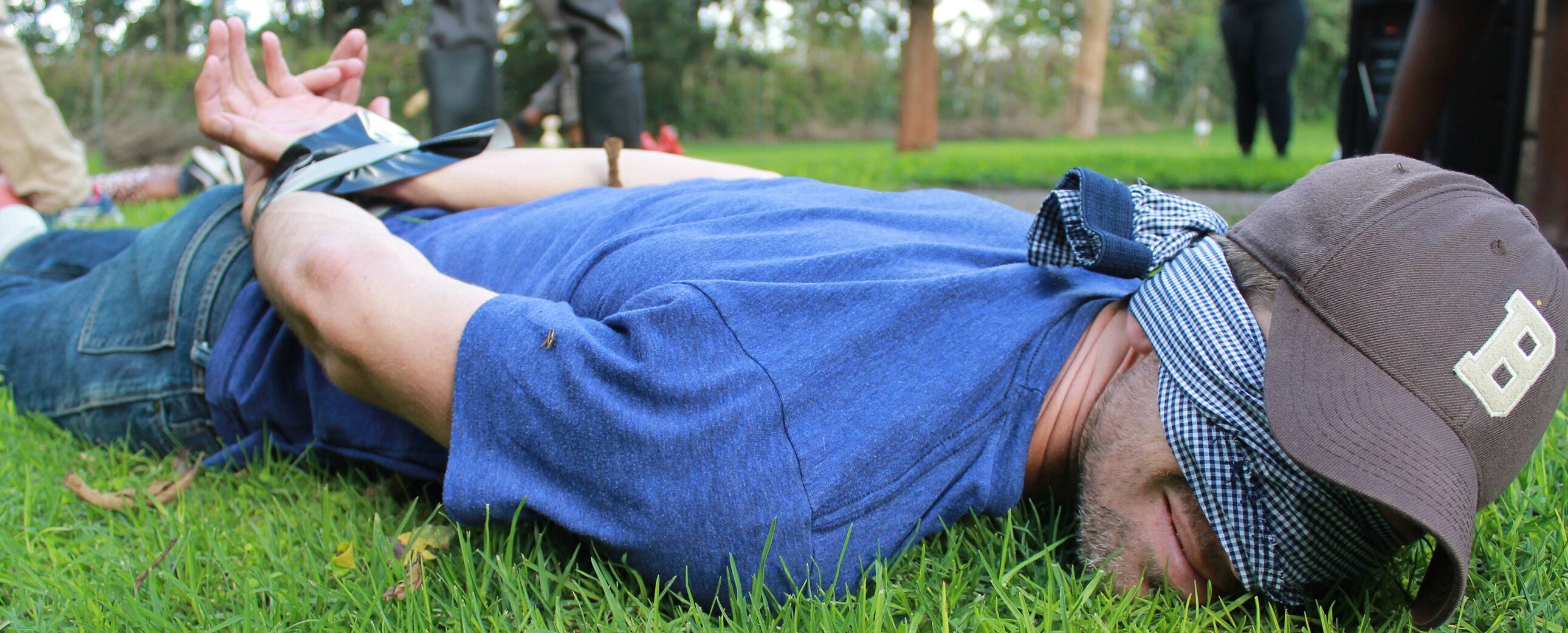Where Journalists Prepare for the Worst the World Can Throw at Us
At these frighteningly realistic boot camps, reporters like me train to cover everything from endless war to deadly pandemics — and create camaraderie that we’ll carry to every assignment.
Through a thicket of brush, we push deeper into the forest. Our small group stops at the edge of a clearing. Mangled twigs lay across what seems like a path to the other side, where wild grass reaches skyward from the tree trunks: a haven. One of our group members, carrying a waist-high branch used during the first part of our exfiltration to check for antipersonnel and land-mine trip wires, kneels and looks at each of us as if to ask, Who’s going first?
We are told there might be a sniper or enemy machine-gun nest overlooking the clearing. We can run as a group. Or we can run one by one, single file, to the other side. I crane my neck, looking for the glint of a sniper’s scope, anything to confirm our looming suspicions of danger. Whatever way we decide to cross, as one or as many, I know to run low and fast, making myself the smallest and most difficult target possible, something I learned in a classroom not long ago.
A few minutes later, as a group, we run. Gunshots rip through the winter morning air. I see a muzzle flash, or maybe I imagined it. Maybe I imagined the bush at the far end of the clearing rippling beneath the blast of a rifle. I can’t be sure. Someone falls in front of me. I jump over him, sliding to safety on the far side of the clearing. Should I go back to get my fallen colleague? No. I’ve learned to avoid turning one fatality into two.



